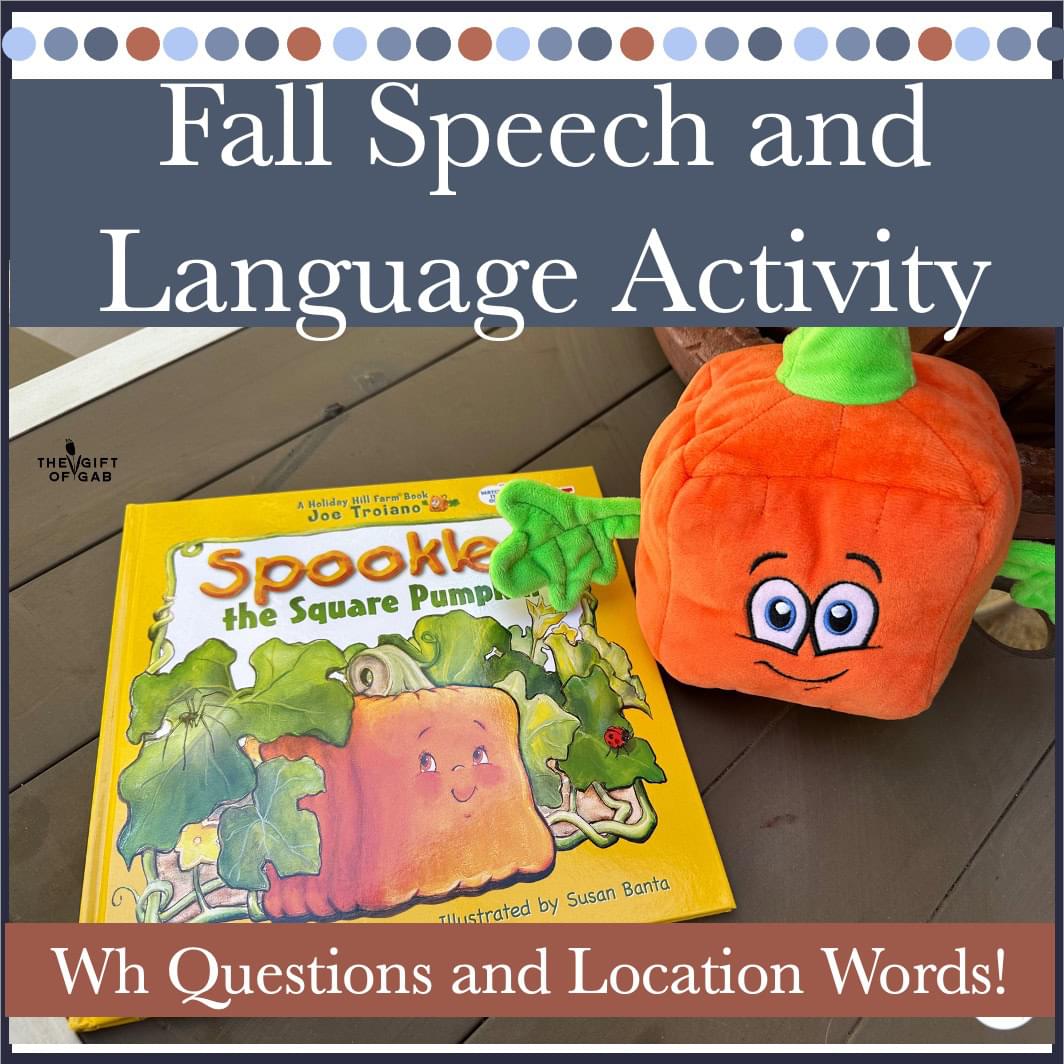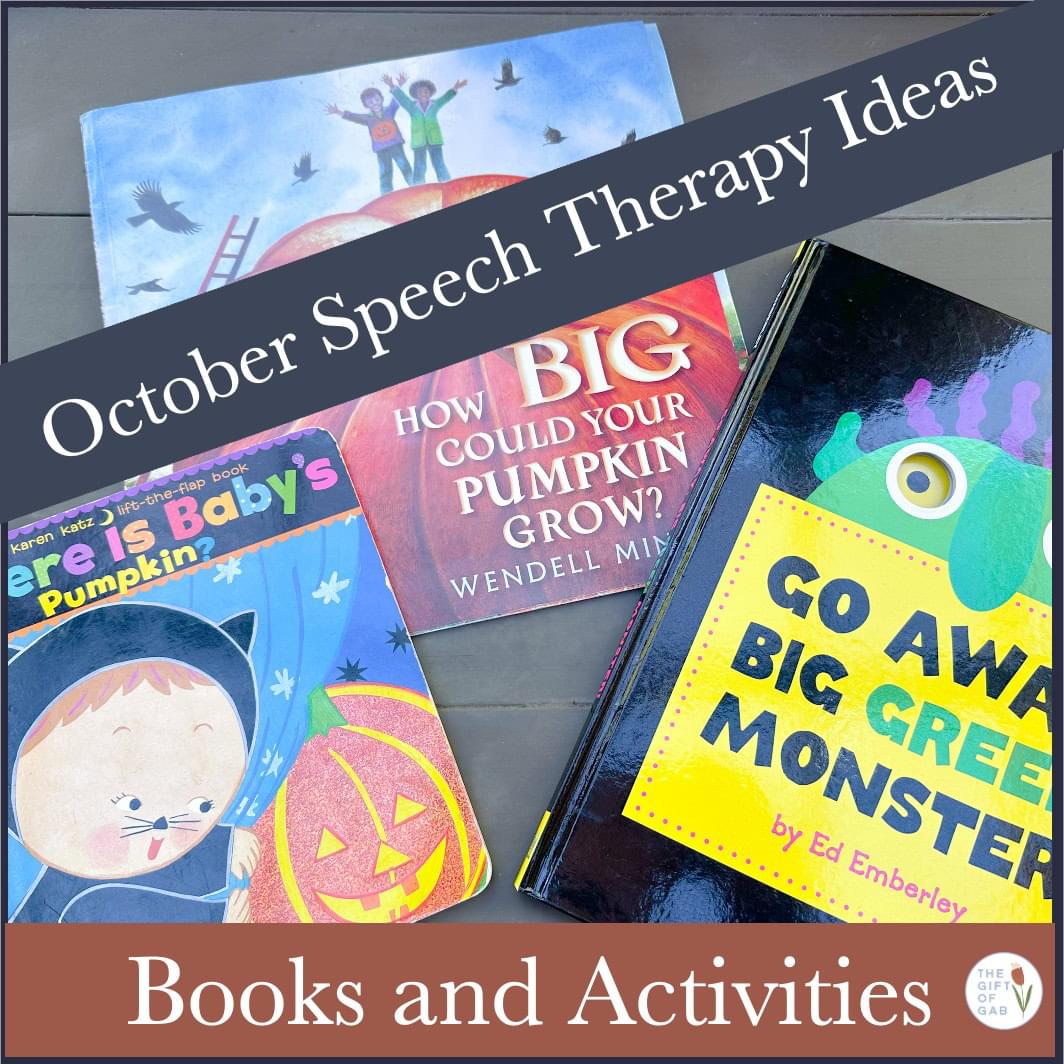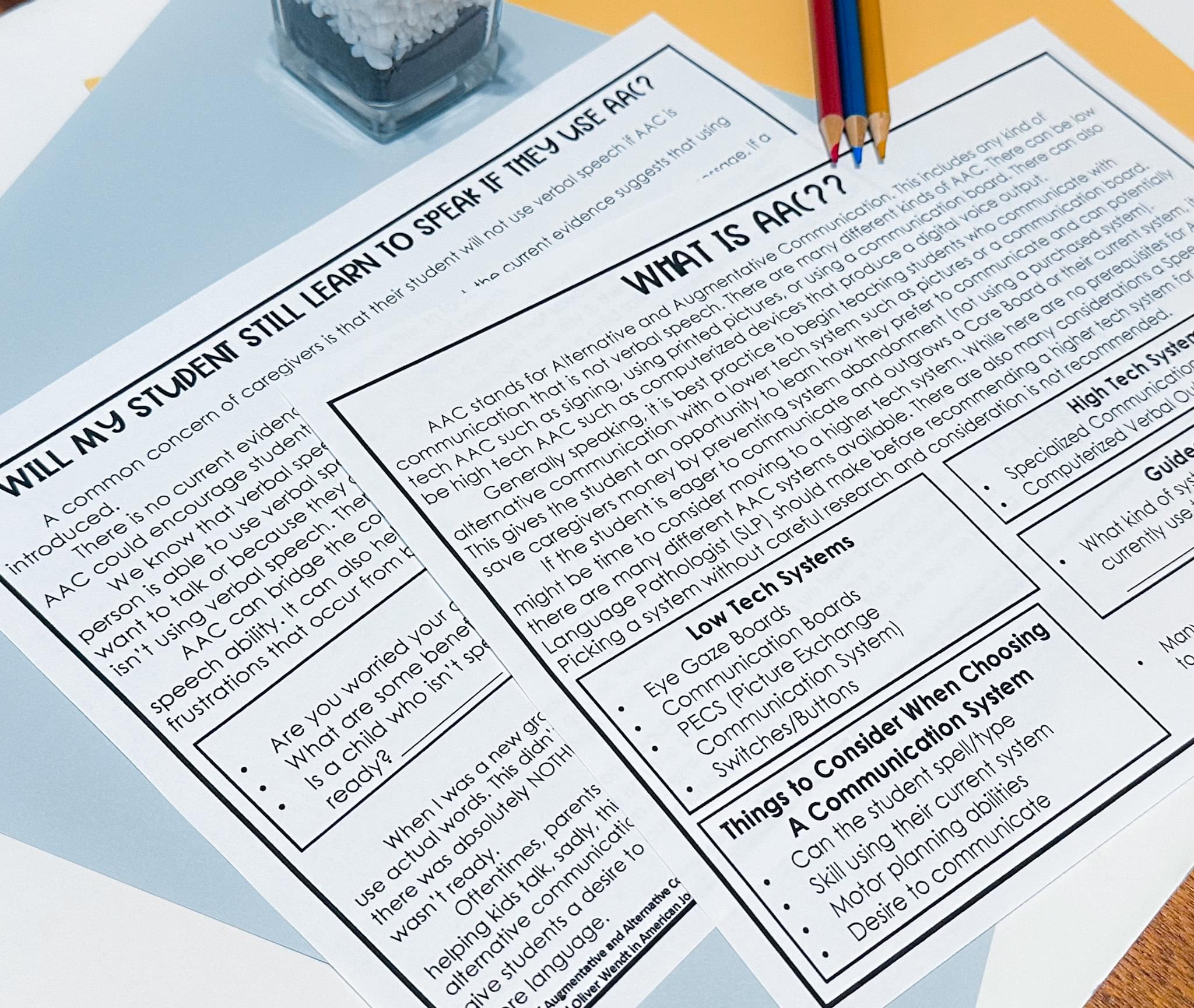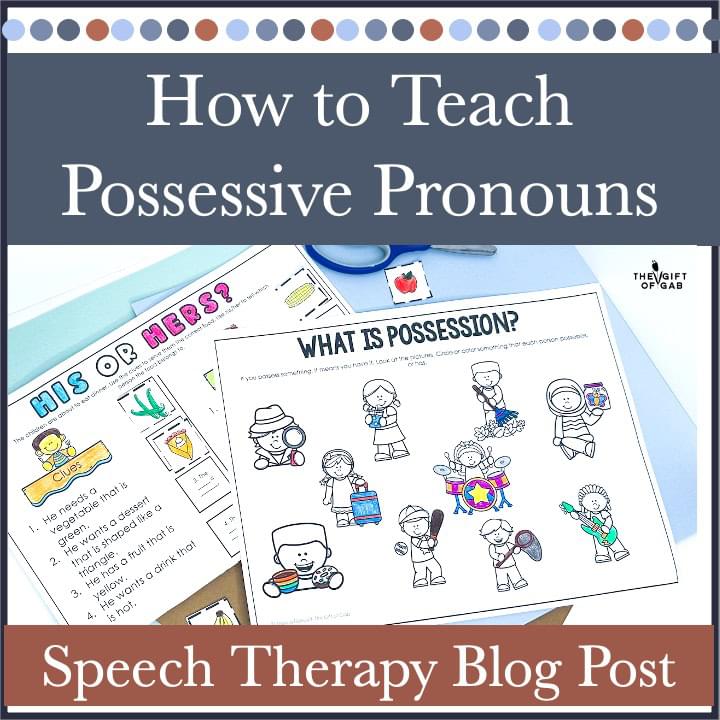I have always struggled with the idea of teaching stuttering strategies to preschoolers. Well…maybe not always…
I can remember sitting in my graduate school lecture hall. I was in my intro to stuttering class, and our professors were spending an awful lot of time talking about emotions and feelings. They emphasized that speech therapy for stuttering should focus more on the mindset around stuttering, rather than trying to “cure” stuttering.
At this point, I still thought trying to “cure” stuttering was my job. I eagerly waited for the professors to introduce stuttering strategies.
After what felt like forever, they began to talk about strategies. However, they said these only *might* reduce stuttering. My professors emphasized that these strategies were extremely tricky to use, and even if our client learned to use them and saw a reduction in stuttering, the stuttering was likely to relapse 60-80% of the time. (Craig and Hancock, 1995)
If this was frustrating to me, I can’t even begin to imagine how frustrating it would be for someone who stutters.
For years, I struggled to juggle the emotional aspects of fluency and stuttering strategies. Balance was the best approach, right?
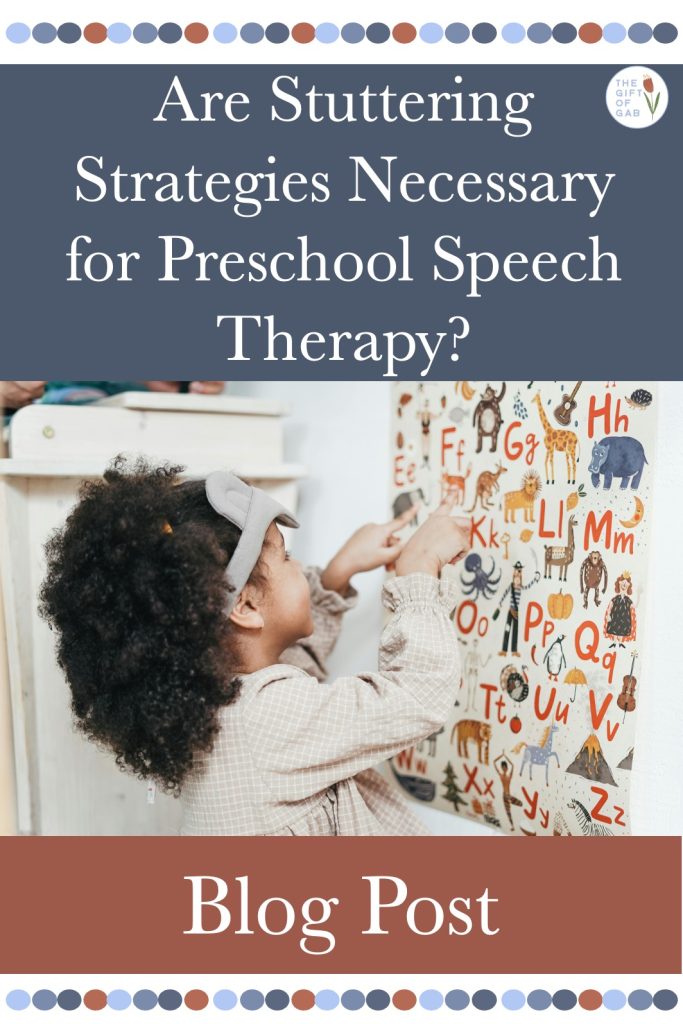
However, in my subscription to the Informed SLP, I recently read about a different approach, called the CARE ™ Model of Treatment. (CT) “…The [CARE Model] does not (in)directly attempt to change stuttering or fluency because the CT model assumes that such attempts compromise the effectiveness of communication and that stuttering openly is fundamental to communicating effectively.”
In simple language, the CT focuses on helping our students communicate freely. The assumption being that if an individual must focus intently on using fluency strategies, they are not communicating as openly or freely.
Interestingly, the CARE™ Model is supposed to be used as an alternative to traditional fluency therapy. It is not recommended to use a combination approach.
However, if individuals wish to work on conventional fluency modification in treatment, that is their decision. We need to make sure they are making an informed decision about their treatment plan.
Of course, our preschool speech students are unable to make an informed decision. It is OUR JOB as SLPs to make this decision for them. Then we can educate caregivers on why we are recommending a particular treatment approach.
Of the clinical studies that have been done of the CARE™ Model, no adverse effects have been noted to date (2025).
As an SLP, I feel FREEDOM to throw away the stuttering strategies, especially when it comes to working with preschool speech therapy students.
I have always felt like they were too young to understand traditional fluency treatment. I avoided fluency modification strategies with preschoolers AT ALL COSTS.
The CARE™ Model gives us a few directives about how a stuttering therapy plan should be created (Communication, Advocacy, Resilience, Education).
Preschool stuttering students may not be ready to tackle traditional fluency treatment. Yet, they CAN begin to learn aspects of the CARE™ Model.
We can educate them about stuttering and types of disfluencies.
We can help them learn the foundational skills of self-advocacy.
We can help them start learning how to disclose their stuttering to others.
I don’t know about you, but I am on board with this approach right now. I hope that my students will feel free when they communicate.
If you are also on board with this approach, you will like this set of Preschool Stuttering Activities (Volume 2). It will help you include the foundational parts of the CARE™ Model in your sessions.
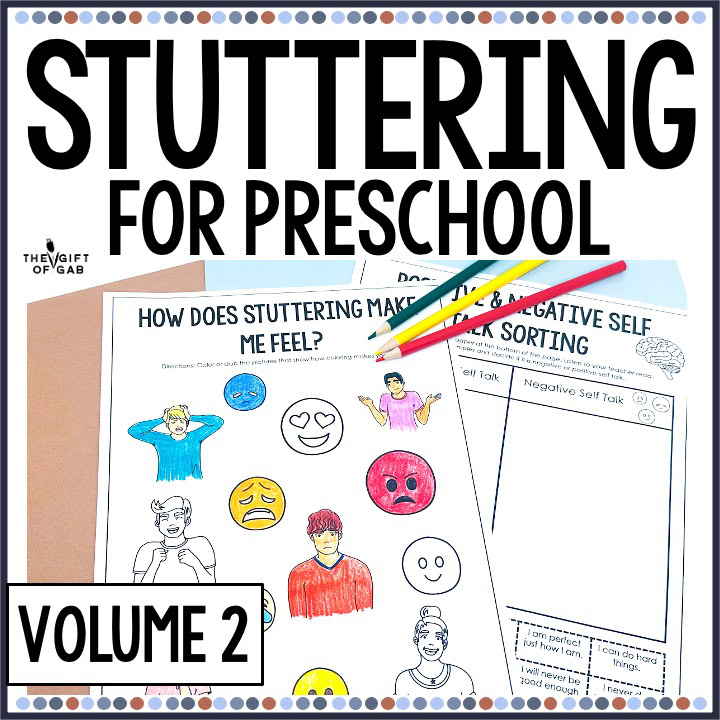
This resource focuses on educating preschool speech therapy students about their stuttering in a creative and age-appropriate way. It introduces the idea of self-talk and mindset work, and it helps students begin learning how to self-advocate and disclose their stuttering to others.
After reading this post, what are your thoughts about your preschool stuttering treatment plan? Do you still want to incorporate aspects of both a fluency approach and the Care™ Model? Or do you think you want to drop the traditional fluency approach and revisit it when your students get older? Leave a reply and let me know!
Disclaimer: This post is intended to inspire creative thinking. It is not prescriptive. The needs and approach of each individual student varies greatly and should be monitored by their treating clinician.
References:
Byrd, C. T., Coalson, G. A., & Conture, E. G. (2024). CARE Model of Treatment for stuttering: Theory, assumptions, and preliminary findings. Frontiers in Psychology, 15. https://doi.org/10.3389/fpsyg.2024.1488328
Craig, A. R., and Hancock, K. (1995). Self-reported factors related to relapse following treatment for stuttering. Austral. J. Hum. Common Disord. 23, 48–60. doi: 10.3109/asl2.1995.23.issue-1.04
Williams, T. (n.d.). https://www.theinformedslp.com/review/Vive-la-revolution-Shattering-paradigms-in-stuttering-treatment

